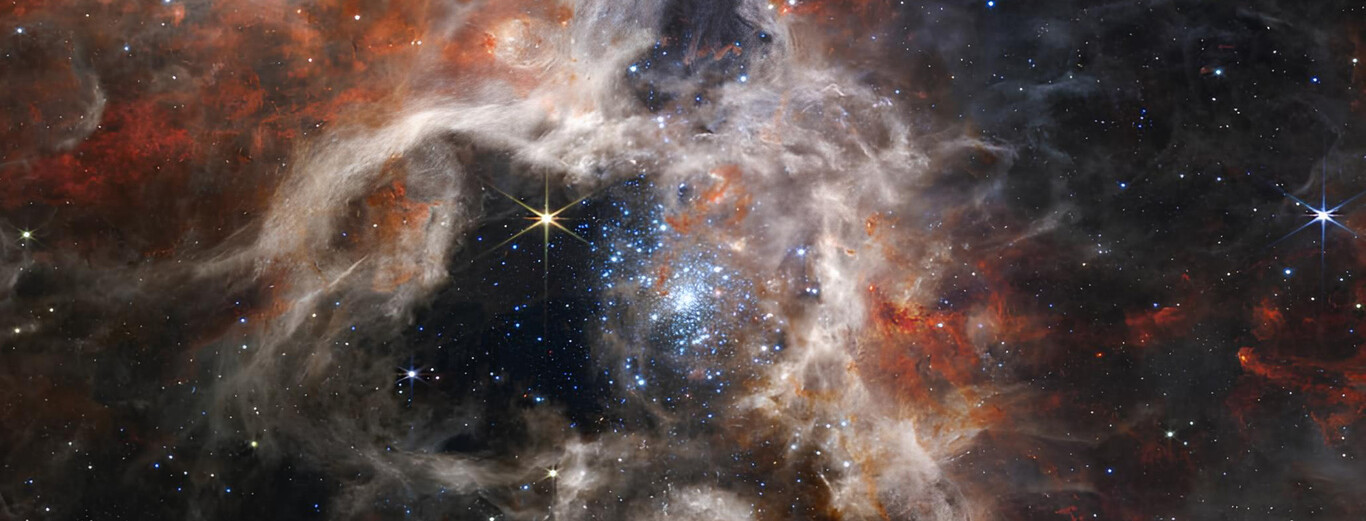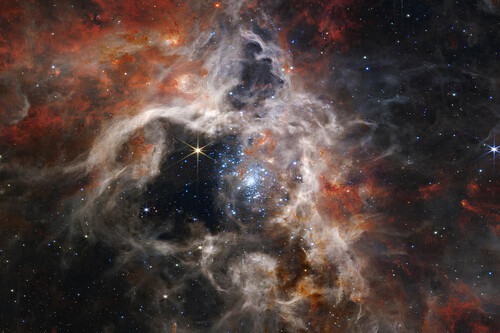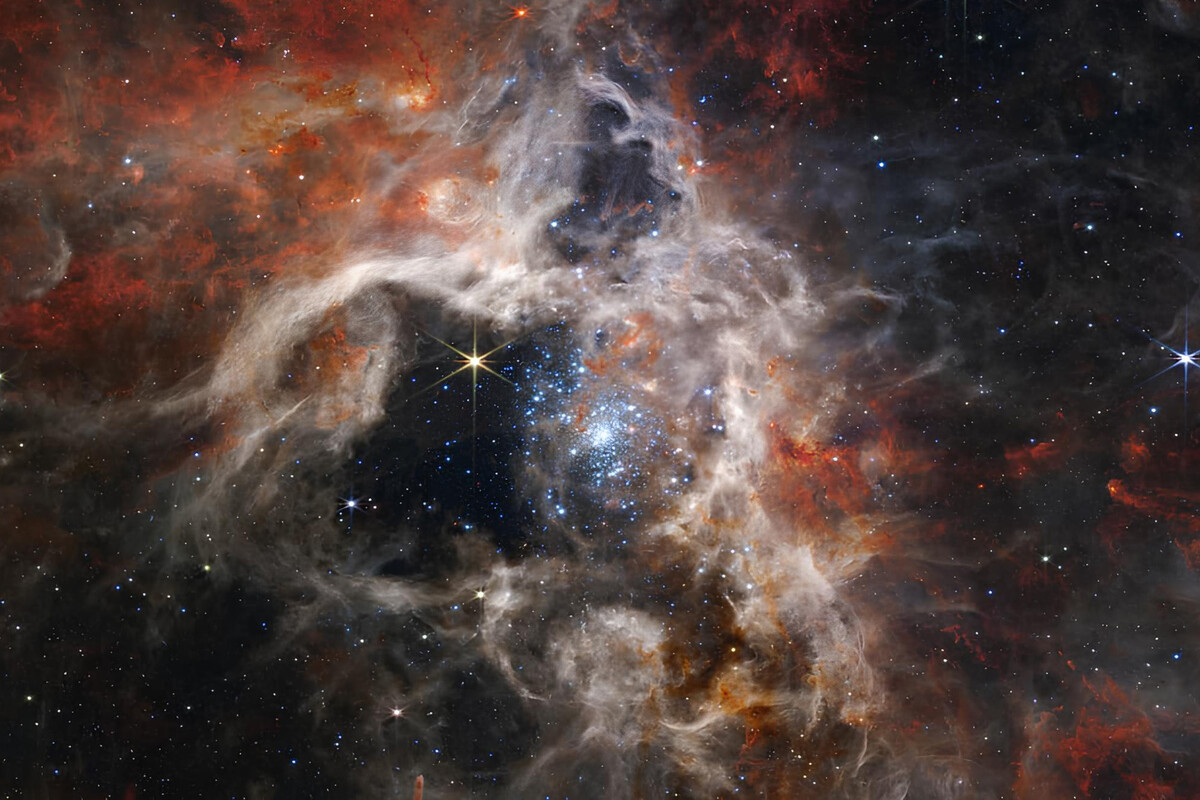Scientists Are Clueless About How the First Stars Formed – That’s About to Change Forever
Hello everyone. Today, we’re diving into an article that manages to make the simplest concepts of astrophysics sound like a PowerPoint presentation for beings with the attention span of a goldfish. The premise? We’re apparently meant to marvel at the oldest molecule in the cosmos – the helium hydride ion (HeH⁺) – as if it were the DLC expansion nobody asked for in the grand campaign called “The Universe.”
Stars, Origins, and an Attempt at Storytelling
So, the piece starts off romanticizing stars like some galactic romance novel – “They all have their personalities,” which is cute until you realize stars don’t have personalities, they just burn stuff until they explode. We then get served a data dump about the oldest known star being 13.6 billion years old, practically as old as the universe itself. It’s sixty times the size of our Sun, sitting comfortably 6,000 light years away – practically next door in astronomical terms, like seeing your neighbor’s house through a telescope and assuming they’re taking part in a cosmic HOA meeting.


The Helium Hydride Hype Train
This is where the main ‘protagonist’ shows up: the helium hydride ion. A molecule born just after the Big Bang, when helium got together with the lonely proton, and romance blossomed in a hot expanding void. The innocence didn’t last, as this molecule became the gateway drug to more complicated chemistry like hydrogen molecules – the very fuel stars burn. In video game terms, HeH⁺ is your tutorial weapon. It’s weak, it’s basic, but technically it’s what makes the boss battles possible down the line.
Credit where it’s due: the scientists from the Max Planck Institute recreated the early universe conditions using something called a “cryogenic storage ring” – which, to be honest, sounds like an endgame sci-fi item you’d grind for 200 hours to unlock. This allowed them to see how the molecule behaved when things cooled down. Surprise: instead of slowing down, the reaction between helium hydride and deuterium stayed as constant as a conspiracy theorist’s belief that the moon is hollow. This little twist tells us that maybe, just maybe, HeH⁺ was more of a main character than just background scenery in the cool-down phase of the early universe.

The Scientific Plot Twist
Turns out, helium hydride played a more active role in cooling the primordial gas clouds than previously assumed. And without that cosmic cooldown, gravity wouldn’t have gathered these clouds into the massive nuclear fusion bombs we call stars. In simpler terms – without this molecule’s surprisingly persistent antics, we wouldn’t have the Milky Way, your microwave oven, or the inevitable streaming service docuseries about the apocalypse.
The Good, The Bad, and The Overly Complicated
- Good: The discovery fine-tunes our understanding of star formation and early cosmic chemistry.
- Bad: The article treats every single scientific finding like a sacred relic rather than just getting to the bloody point.
- Overcomplicated: You could explain helium hydride’s role in three sentences, but why do that when you can make it sound like a second-year astrophysics lecture condensed into a bedtime story?
Final Diagnosis
As a medical doctor who enjoys diagnosing both human pathology and the disease of overblown science writing, I’d say this article suffers from chronic “look how majestic the universe is” syndrome. The cure? Less fluff, more direct hits of raw data and analysis. As a gamer, I appreciate the lore dump, but even in RPGs I want to fight bosses, not just read the tavern gossip for 40 minutes.
In conclusion – solid content buried in verbose romanticism. The science? Fascinating. The storytelling? Needs a nerf. Overall impression: good science, middling delivery.
And that, ladies and gentlemen, is entirely my opinion.
Article source: Los astrofísicos no saben con certeza cómo se formaron las primeras estrellas del universo. Esto está a punto de cambiar, https://www.xataka.com/investigacion/astrofisicos-no-saben-certeza-como-se-formaron-primeras-estrellas-universo-esto-esta-a-punto-cambiar



